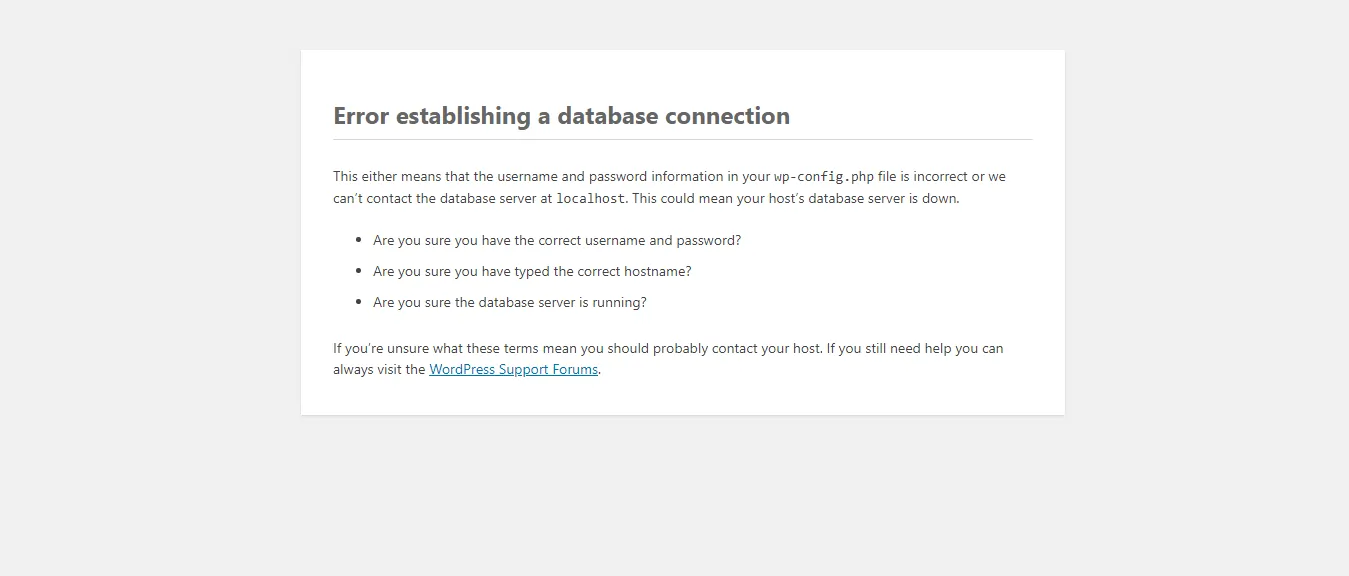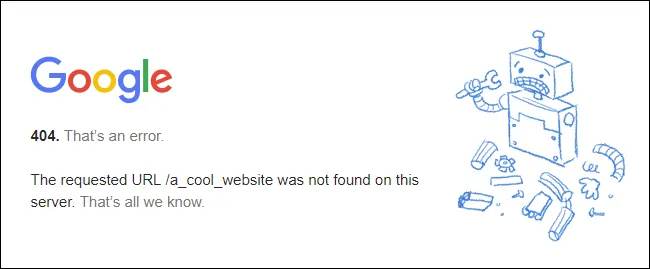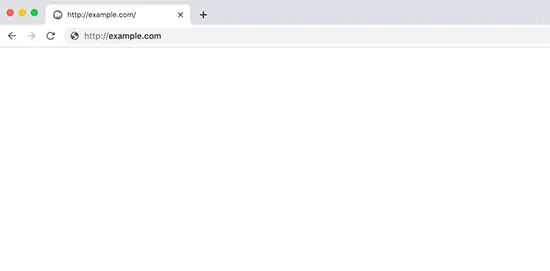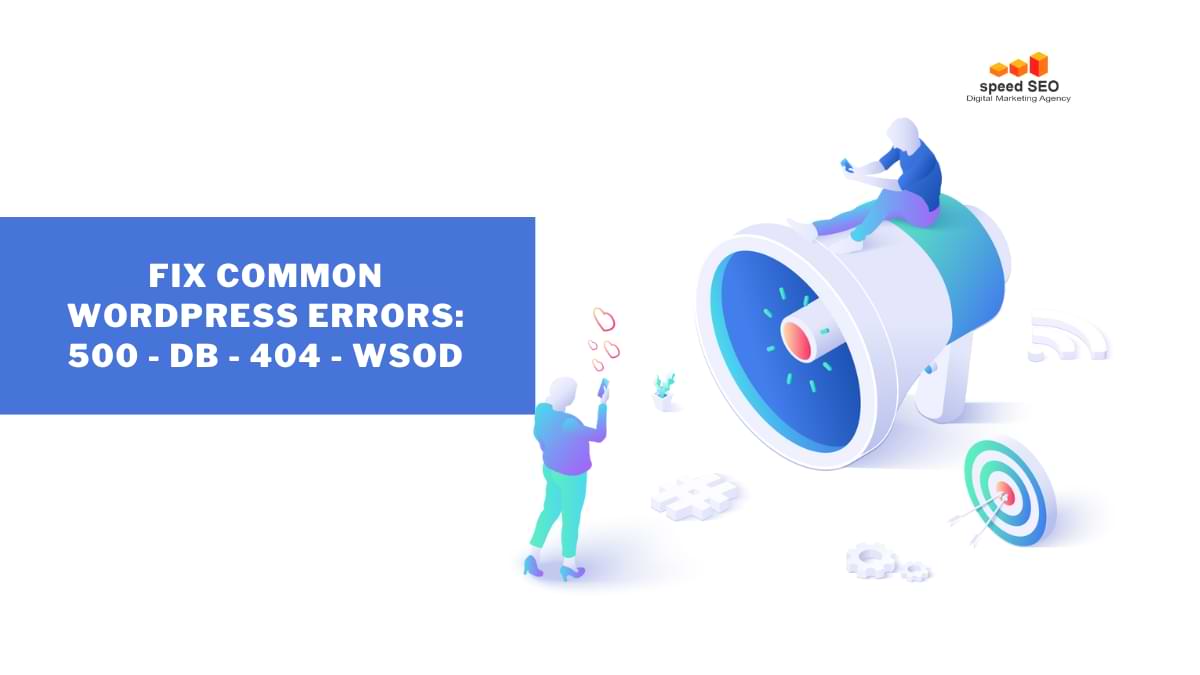Attention WordPress users! Are you tired of dealing with frustrating errors on your website? Look no further! In this article, we will be diving into the top 4 most common WordPress errors and providing step-by-step instructions on how to fix them.
🛠 We will be covering:
- The 500 Internal Server Error
- Error Establishing a Database Connection
- 404 Not Found Error
- White Screen of Death (WSOD)
🔍 By the end of this article, you will be able to:
- Troubleshoot the 500 Internal Server Error
- Fix Error Establishing a Database Connection
- Solve 404 Not Found Error
- Resolve White Screen of Death (WSOD)
🔧 This article is packed with practical solutions to help you get your website back up and running in no time! Say goodbye to the frustration of errors and hello to a smooth running website. So, are you ready to get started? Let’s dive in!
Troubleshoot: 500 Internal Server Error

The 500 Internal Server Error is a general-purpose error message, indicating that something has gone wrong on the server side. There are several potential causes for this error, so troubleshooting can be a bit tricky. Here are some steps you can take to try and fix the issue:
- Check your .htaccess file: The .htaccess file controls many important settings for your website, and a corrupt .htaccess file can cause a 500 Internal Server Error. To check your .htaccess file, connect to your website using an FTP client, and look for the file in the root directory of your website. Once you’ve found it, download a copy of the file to your computer, and then rename the original file on the server to something like .htaccess_old.
- Increase your PHP memory limit: The 500 Internal Server Error can also be caused by a lack of memory. To increase your PHP memory limit, you can add the following line of code to your wp-config.php file: define(‘WP_MEMORY_LIMIT’, ‘256M’);
- Deactivate all plugins: Sometimes, a plugin can cause a 500 Internal Server Error. To deactivate all of your plugins, connect to your website using FTP, and rename the “plugins” folder located in the wp-content directory to something like “plugins_old”. This will deactivate all of your plugins.
- Re-upload the core files: Sometimes, a problem with your core files can cause a 500 Internal Server Error. To fix this, download a fresh copy of WordPress from the official website, and then use FTP to upload the new files to your server, overwriting the existing files.
- Check your hosting: This error can also be caused by a problem with your hosting account. Contact your hosting provider to check if they are experiencing any issues on their end.
These are the general steps that you can follow to troubleshoot the 500 internal server error on a WordPress website. If none of these solutions work, you may need to consult with a developer or seek further support from the WordPress community.
The official WordPress community website is https://wordpress.org/support/. On this website, you can find a variety of resources, including the WordPress documentation, as well as a support forum where you can ask questions and get help from other WordPress users.
Solve: Error Establishing a Database Connection

The “Error Establishing a Database Connection” is a common WordPress error that occurs when WordPress is unable to connect to the database. This can happen for a number of reasons, including incorrect database login credentials or a problem with the database server. Here are some steps you can take to try and fix the issue:
- Check your database login credentials: The first thing to check is that your database login credentials are correct. These can be found in your wp-config.php file, and should include the following information:
- Database name
- Database username
- Database password
- Database host
Make sure that these details are correct and match the information provided by your web host.
- Check your database server: The next step is to check that your database server is up and running. Contact your web host to make sure that your database server is online and that there are no issues with it.
- Repair your database: If your database is corrupted, you may be able to repair it by running the “wp-dbmanager” plugin or by using the WP-CLI command “wp db repair” if you have access to the command-line interface.
- Check for other conflicting plugins or theme: Sometimes the issue could be caused by a plugin or theme conflict. You can deactivate all the plugins and activate the default theme to see if that fixes the issue.
- Check .htaccess file: Corrupted .htaccess file can also cause this error. Renaming the .htaccess file to something like .htaccess_old and then try to load the website again.
These are the general steps you can take to troubleshoot the “Error Establishing a Database Connection” error in WordPress. If none of these solutions work, you may need to seek further assistance from your web host or a developer.
Resolve: 404 Not Found Error

The 404 Not Found Error is a common error that occurs when a user tries to access a page that doesn’t exist on your website. This can happen for a number of reasons, including incorrect permalinks or a problem with your .htaccess file. Here are some steps you can take to try and fix the issue:
- Check your permalinks: The first thing to check is that your permalinks are set up correctly. Go to the Settings > Permalinks menu in your WordPress dashboard and make sure that your permalinks are set to the correct format.
- Check your .htaccess file: The next step is to check that your .htaccess file is set up correctly. Connect to your website using an FTP client, and look for the file in the root directory of your website. Make sure that the file is present and that it is set up correctly.
- Check for broken links: Check for any broken links on your website. You can use a tool like broken link checker to check for any broken links on your website.
- Clear your browser cache: Clear your browser cache and try to reload the page again.
- Check for any conflicting plugin: Some plugin conflicts can cause 404 errors. Try to deactivate all the plugins and activate them one by one to see if any plugin is causing the issue.
These are the general steps that you can follow to troubleshoot the 404 not found error on a WordPress website. If none of these solutions work, you may need to seek further assistance from a developer or the WordPress community.
Fix: White Screen of Death (WSOD)

The White Screen of Death (WSOD) is a frustrating error that can occur in WordPress, as it doesn’t provide any error message or information on what might be causing the problem. This error can be caused by a variety of issues, such as a problem with your theme or plugins, a lack of memory, or a PHP error. Here are some steps you can take to try and fix the issue:
- Check for error logs: Some hosting providers provide error logs that can help you identify the cause of the WSOD. Check with your hosting provider to see if they provide error logs and if they can help you find the cause of the problem.
- Deactivate all plugins: Sometimes, a plugin can cause a WSOD. To deactivate all of your plugins, connect to your website using FTP, and rename the “plugins” folder located in the wp-content directory to something like “plugins_old”. This will deactivate all of your plugins.
- Switch to a default theme: A problem with your theme can also cause a WSOD. To fix this, switch to a default WordPress theme such as Twenty Twenty or Twenty Twenty-One and see if the issue is resolved.
- Check your PHP memory limit: The WSOD can also be caused by a lack of memory. To increase your PHP memory limit, you can add the following line of code to your wp-config.php file: define(‘WP_MEMORY_LIMIT’, ‘256M’);
- Check if there is a problem with the hosting: Sometimes, the problem could be on the hosting side, like a problem with the server. Contact your hosting provider to check if they are experiencing any issues on their end.
These are the general steps you can take to troubleshoot the White Screen of Death (WSOD) error in WordPress. If none of these solutions work, you may need to seek further assistance from a developer or the WordPress community. Remember to always keep a backup of your website before making any changes, so you can easily restore it if something goes wrong.
Wrapping it up!
And that’s a wrap! We hope this article has been helpful in guiding you through the troubleshooting process for the top 4 most common WordPress errors. By now, you should have the tools and knowledge necessary to fix the 500 Internal Server Error, Error Establishing a Database Connection, 404 Not Found Error, and White Screen of Death (WSOD) on your own.
If you’re still feeling overwhelmed or just don’t have the time to fix the errors yourself, consider reaching out to Speed Marketing Agency for professional assistance. Our team of experts are here to help you get your website back up and running smoothly.
To recap, some of the key takeaways from this article include:
- Check your .htaccess file
- Increase your PHP memory limit
- Deactivate all plugins
- Re-upload the core files
- Check your hosting
- Check your database login credentials
- Check your database server
- Repair your database
- Check for other conflicting plugins or theme
- Clear your browser cache
- Check for any conflicting plugin
And for those who decided not to fix their WP errors, remember “A website with errors is like a car with no wheels, it won’t take you anywhere!”
Thank you for reading and good luck with your website troubleshooting!





